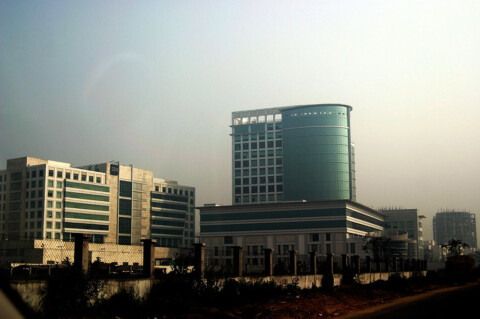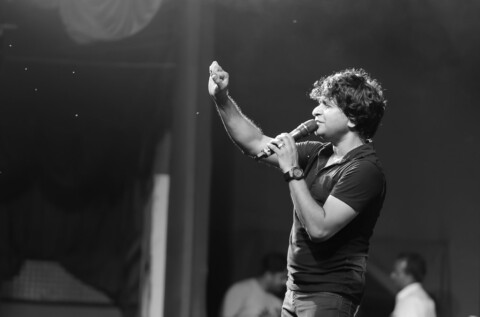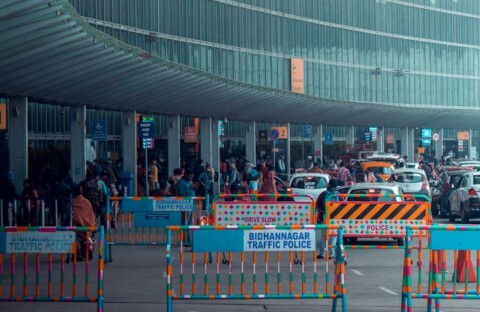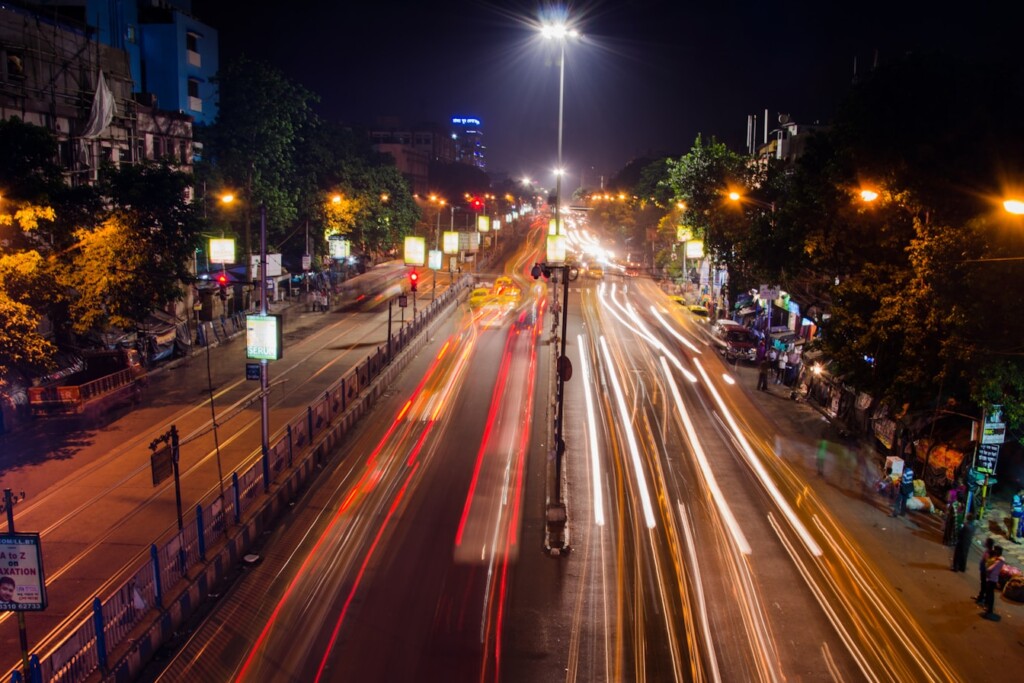Kolkata, often referred to as the cultural capital of India, is a city that pulsates with history, art, and tradition. From its colonial architecture to its bustling markets, Kolkata offers a unique blend of the old and the new. This blog will explore the vibrant cultural heritage of Kolkata, delving into its historical landmarks, festivals, cuisine, literature, and more. Whether you’re a history buff, a foodie, or simply a curious traveler, Kolkata has something to enchant everyone.
Historical Landmarks and Colonial Architecture
The Victoria Memorial
Overview: The Victoria Memorial, an iconic symbol of Kolkata, stands as a testament to the city’s colonial past. Constructed in memory of Queen Victoria, this marble marvel is one of the most visited landmarks in Kolkata.
Architecture and Exhibits: Designed by Sir William Emerson, the structure combines British and Mughal elements. Inside, the museum houses an extensive collection of artifacts from the British era, including paintings, manuscripts, and sculptures.
Gardens and Surroundings: The lush gardens surrounding the memorial provide a serene escape from the city’s hustle and bustle, perfect for leisurely strolls and photography.
Howrah Bridge
Historical Significance: An engineering marvel and a lifeline of the city, Howrah Bridge connects Kolkata to Howrah. Completed in 1943, this cantilever bridge is one of the busiest in the world.
Daily Life: The bridge is a vital artery for commuters and a popular spot for photographers seeking to capture the essence of Kolkata’s daily life.
Cultural Icon: Howrah Bridge is not just a piece of infrastructure but a symbol of Kolkata’s resilience and spirit, often featured in films, literature, and songs.
Indian Museum
Introduction: Founded in 1814, the Indian Museum in Kolkata is the oldest and largest museum in India, offering a deep dive into the country’s rich history and culture.
Collections: The museum boasts an extensive collection of antiques, fossils, artifacts, and paintings, including an impressive display of Mughal and British relics.
Educational Value: The museum provides an educational experience for visitors of all ages, making it a must-visit for history enthusiasts and school groups.
Festivals and Celebrations
Durga Puja
Significance: Durga Puja is the most significant and grandiose festival in Kolkata, celebrating the victory of the goddess Durga over the demon Mahishasura.
Pandals and Idols: The festival is marked by elaborately decorated pandals and intricately crafted idols of Durga, showcasing the artistic prowess of local craftsmen.
Cultural Performances: The city comes alive with cultural performances, music, dance, and theatre, making Durga Puja an immersive cultural experience.
Culinary Delights: Special festive foods and sweets are an integral part of the celebrations, with street food stalls and sweet shops offering a variety of treats.
Kali Puja and Diwali
Overview: Kali Puja, celebrated alongside Diwali, is another major festival in Kolkata dedicated to the worship of goddess Kali.
Rituals and Traditions: The festival involves elaborate rituals, including the lighting of oil lamps, fireworks, and the creation of beautiful rangolis.
Community Spirit: Kali Puja and Diwali bring together communities in celebration, fostering a spirit of unity and joy.
Poila Boishakh
Introduction: Poila Boishakh, or Bengali New Year, is celebrated with great joy and enthusiasm, marking the beginning of the Bengali calendar year.
Festivities: Traditional music, dance performances, and feasts are integral parts of the celebrations. People dress in new clothes and visit temples to seek blessings.
Cultural Importance: It is a time for Bengalis to embrace their cultural heritage and enjoy the festive spirit with family and friends.
Culinary Delights
Street Food
Introduction: Kolkata’s street food is legendary, offering a gastronomic adventure like no other. The city’s street food is a reflection of its diverse culinary heritage.
Popular Dishes:
- Phuchka: Also known as golgappa or pani puri in other parts of India, phuchka is a popular street snack filled with spicy tamarind water.
- Jhal Muri: A spicy puffed rice snack mixed with mustard oil, green chilies, and various spices.
- Kathi Rolls: Rolled parathas filled with kebabs, vegetables, and sauces, making for a delicious and portable meal.
Bengali Sweets
Introduction: Kolkata is famous for its sweets, with iconic treats like rosogolla, sandesh, and mishti doi.
Rosogolla: Soft, spongy balls made from chhena (cottage cheese) and soaked in sugar syrup, a must-try for any visitor.
Sandesh: A delicate and flavorful sweet made from chhena and flavored with cardamom or saffron.
Mishti Doi: Sweetened yogurt that is creamy, rich, and often served in earthen pots.
Traditional Bengali Cuisine
Overview: Traditional Bengali cuisine is characterized by its use of fresh ingredients and subtle flavors, with fish, rice, and lentils forming the staple diet.
Signature Dishes:
- Macher Jhol: A light fish curry made with vegetables and a blend of spices.
- Shorshe Ilish: Hilsa fish cooked in a mustard sauce, a delicacy particularly enjoyed during the monsoon season.
- Aloo Posto: Potatoes cooked in a poppy seed paste, a simple yet flavorful dish.
Literary and Artistic Heritage
Rabindranath Tagore
Introduction: Rabindranath Tagore, the Nobel Laureate poet, playwright, and philosopher, is one of Kolkata’s most illustrious sons.
Works and Legacy: His works, deeply rooted in Bengali culture, continue to inspire and influence. A visit to Jorasanko Thakur Bari, Tagore’s ancestral home, offers a glimpse into his life and legacy.
Cultural Impact: Tagore’s influence extends beyond literature to music, art, and education, making him a central figure in Kolkata’s cultural heritage.
The Kolkata Book Fair
Introduction: The Kolkata Book Fair is the largest non-trade book fair in the world, attracting book lovers from all over the globe.
Events and Activities: The fair features book launches, author meet-and-greets, and cultural programs, making it a vibrant literary festival.
Community Engagement: It provides a platform for writers, publishers, and readers to connect, fostering a love for literature in the community.
Art Galleries and Theatres
Introduction: Kolkata has a thriving art scene, with numerous galleries and theaters showcasing the city’s rich artistic heritage.
Prominent Venues:
- Academy of Fine Arts: Hosts regular exhibitions and performances, offering a platform for emerging and established artists.
- Birla Academy of Art & Culture: Features a diverse collection of art and hosts cultural events.
- Rabindra Sadan: A hub for theatrical performances and cultural programs, named after Rabindranath Tagore.
Cultural Quarters and Neighborhoods
North Kolkata
Overview: North Kolkata, with its narrow lanes and historic buildings, exudes old-world charm. Areas like Shyambazar, Kumartuli, and College Street are steeped in history and tradition.
Kumartuli: Famous for its artisan community that crafts the idols for Durga Puja, providing a fascinating glimpse into the craftsmanship behind the festival.
College Street: Known as Boi Para (Book Town), this area is home to numerous bookstores and publishing houses, making it a paradise for book lovers.
South Kolkata
Overview: South Kolkata is a blend of tradition and modernity, home to some of the city’s most prominent landmarks and shopping districts.
Key Attractions:
- Kalighat Temple: One of the oldest temples in Kolkata, dedicated to the goddess Kali.
- Dakshineswar Temple: A large temple complex on the banks of the Hooghly River, dedicated to goddess Kali and associated with the mystic Ramakrishna.
- Gariahat and New Market: Bustling shopping districts offering a mix of traditional and contemporary goods.
Park Street
Overview: Often referred to as the “Food Street” of Kolkata, Park Street is synonymous with nightlife and fine dining.
Dining Options: From colonial-era restaurants to trendy cafes, Park Street offers a culinary journey that reflects the city’s cosmopolitan nature.
Nightlife: The area is also known for its vibrant nightlife, with numerous bars, clubs, and live music venues.
Conclusion
Kolkata’s cultural heritage is a rich tapestry woven with history, art, cuisine, and festivals. It is a city that invites you to explore its myriad facets and immerse yourself in its vibrant spirit. Whether you’re wandering through its colonial landmarks, savoring its street food, or participating in its grand festivals, Kolkata promises an unforgettable experience. Embrace the charm of this magnificent city and discover why it is often called the cultural heart of India.
Call to Action: Plan your visit to Kolkata today and experience its rich cultural heritage firsthand. Share your experiences and stories with us in the comments below!









